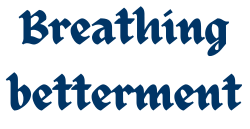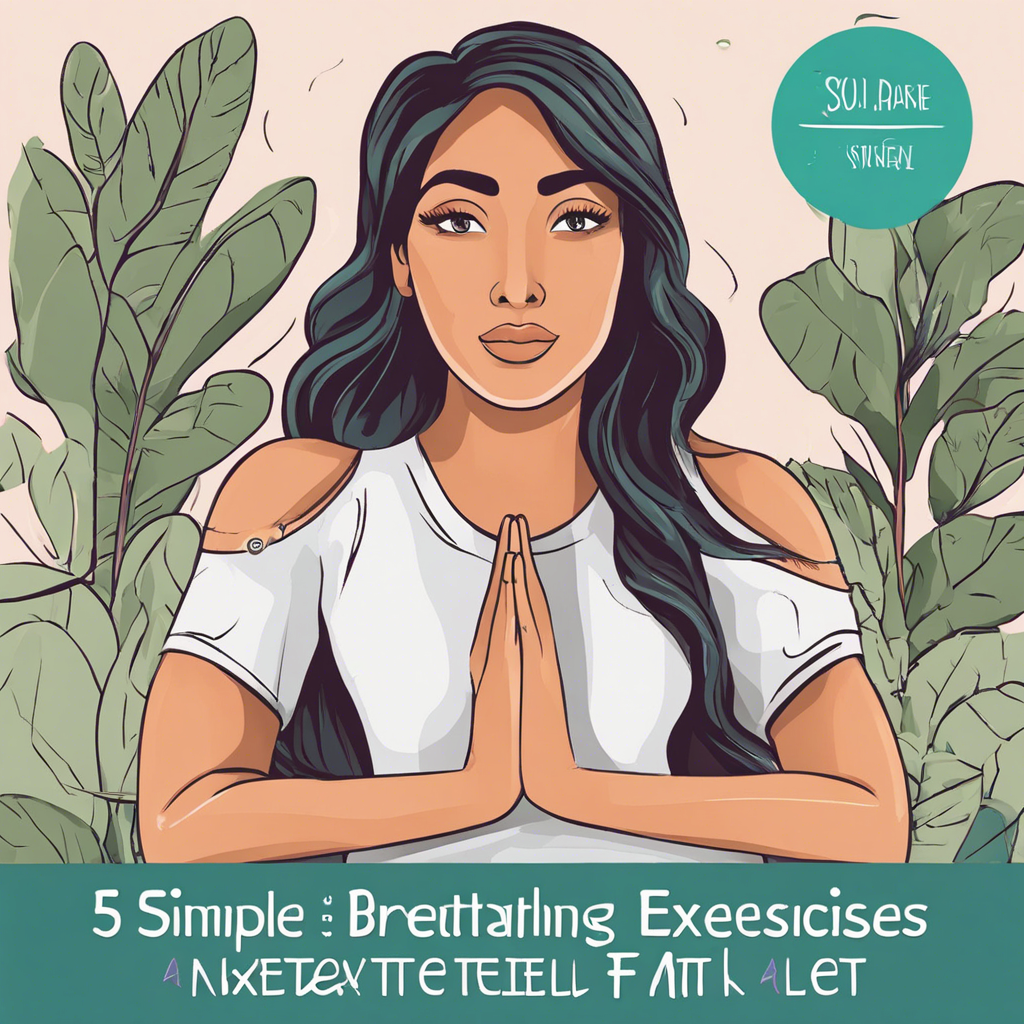Anxiety can be a debilitating condition, impacting daily life and overall well-being. One effective method to manage anxiety is through breathing exercises. Breathing exercises help calm the mind, reduce stress levels, and improve overall mental health. In this article, we will explore five simple breathing exercises that can provide significant relief from anxiety.
Understanding the Importance of Breathing Exercises
Breathing exercises are powerful tools for managing anxiety because they directly affect the body’s physiological responses. When we are anxious, our breathing patterns often become shallow and rapid, which can exacerbate feelings of panic and stress. By practicing controlled breathing, we can activate the parasympathetic nervous system, which promotes relaxation and counteracts the body’s stress response.
1. Diaphragmatic Breathing
What is Diaphragmatic Breathing?
Diaphragmatic breathing, also known as deep belly breathing, involves breathing deeply into the diaphragm rather than shallowly into the chest. This type of breathing allows for more oxygen intake and promotes a state of calm.
How to Practice Diaphragmatic Breathing ?
1. Find a Comfortable Position: Sit or lie down in a comfortable position, ensuring your body is relaxed.
2. Place Your Hands: Place one hand on your chest and the other on your abdomen.
3. Inhale Deeply: Breathe in slowly through your nose, allowing your abdomen to rise as it fills with air. Your chest should remain relatively still.
4. Exhale Slowly: Exhale slowly through your mouth, feeling your abdomen fall.
5. Repeat: Continue this process for 5-10 minutes, focusing on the rise and fall of your abdomen.
Benefits of Diaphragmatic Breathing
Diaphragmatic breathing helps to reduce heart rate, lower blood pressure, and promote a sense of relaxation. Regular practice can lead to long-term improvements in managing anxiety and stress.
2. Box Breathing
What is Box Breathing?
Box breathing, also known as square breathing, is a simple yet effective technique used by the military and athletes to maintain focus and calm under pressure. It involves inhaling, holding the breath, exhaling, and holding the breath again, each for an equal count.
How to Practice Box Breathing ?
1. Get Comfortable: Sit in a comfortable position with your back straight.
2. Inhale: Inhale slowly through your nose for a count of four.
3. Hold: Hold your breath for a count of four.
4. Exhale: Exhale slowly through your mouth for a count of four.
5. Hold: Hold your breath again for a count of four.
6. Repeat: Continue this cycle for 5-10 minutes.
Benefits of Box Breathing
Box breathing helps to regulate the autonomic nervous system, enhancing the body’s ability to handle stress. It can improve mental clarity, reduce anxiety, and increase emotional stability.
3. 4-7-8 Breathing
What is 4-7-8 Breathing?
The 4-7-8 breathing technique, developed by Dr. Andrew Weil, is a natural tranquilizer for the nervous system. It involves inhaling for a count of four, holding the breath for seven, and exhaling for eight.
How to Practice 4-7-8 Breathing ?
1. Comfortable Position: Sit or lie down comfortably with your back straight.
2. Inhale: Breathe in quietly through your nose for a count of four.
3. Hold: Hold your breath for a count of seven.
4. Exhale: Exhale completely through your mouth for a count of eight, making a whooshing sound.
5. Repeat: Repeat the cycle three more times, for a total of four breaths.
Benefits of 4-7-8 Breathing
This technique can help you fall asleep faster, reduce stress, and manage anxiety. The extended exhalation phase is particularly effective in expelling more carbon dioxide, which promotes relaxation.
4. Alternate Nostril Breathing
What is Alternate Nostril Breathing ?
Alternate nostril breathing, or Nadi Shodhana, is a yogic practice that balances the mind and body by alternating the breath between the nostrils. This exercise is believed to harmonize the left and right hemispheres of the brain.
How to Practice Alternate Nostril Breathing ?
1. Comfortable Position: Sit comfortably with your spine straight and shoulders relaxed.
2. Right Thumb: Close your right nostril with your right thumb.
3. Inhale: Inhale deeply through your left nostril.
4. Close Left Nostril: Close your left nostril with your right ring finger, releasing the right nostril.
5. Exhale: Exhale slowly through your right nostril.
6. Inhale: Inhale through your right nostril.
7. Switch: Close your right nostril and exhale through your left nostril.
8. Repeat: Continue this pattern for 5-10 minutes.
Benefits of Alternate Nostril Breathing
This technique helps to calm the mind, reduce anxiety, and improve concentration. It also supports respiratory health and can enhance overall well-being.
5. Progressive Relaxation Breathing
What is Progressive Relaxation Breathing?
Progressive relaxation breathing combines deep breathing with progressive muscle relaxation. This method involves tensing and then relaxing different muscle groups while focusing on the breath.
How to Practice Progressive Relaxation Breathing
1. Comfortable Position: Lie down or sit comfortably with your eyes closed.
2. Inhale and Tense: Inhale deeply and tense a specific muscle group (e.g., your feet) for 5-10 seconds.
3. Exhale and Relax: Exhale slowly, releasing the tension in the muscle group.
4. Move Up the Body: Move to the next muscle group (e.g., calves) and repeat the process.
5. Continue: Continue until you’ve tensed and relaxed all major muscle groups in your body.
Benefits of Progressive Relaxation Breathing
This exercise promotes deep relaxation and helps to reduce physical tension associated with anxiety. It can improve sleep quality and enhance the overall sense of well-being.
Incorporating breathing exercises into your daily routine can be a powerful way to manage anxiety and improve overall mental health. Whether you choose diaphragmatic breathing, box breathing, 4-7-8 breathing, alternate nostril breathing, or progressive relaxation breathing, these techniques offer accessible and effective methods for calming the mind and body. Regular practice of these breathing exercises can lead to significant improvements in stress management and emotional stability. Start today and experience the transformative power of mindful breathing.
If you have any questions Contact Us Here.

